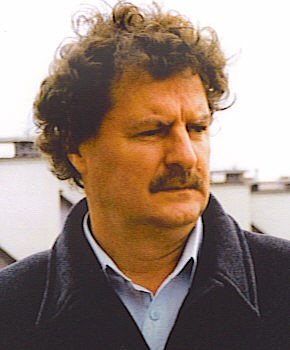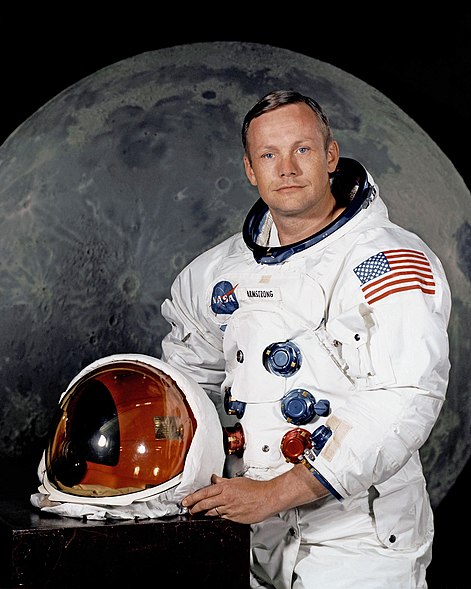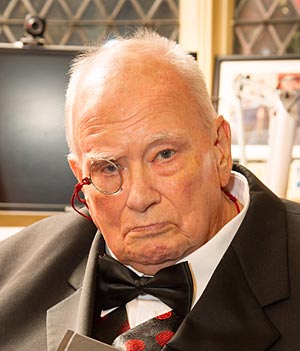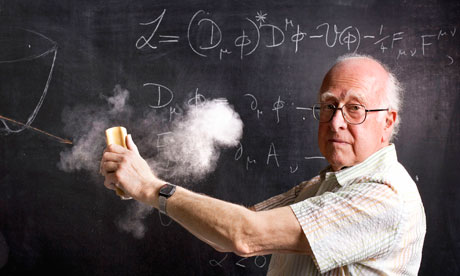A student recently ask me about to explain what mathematicians mean by a corollary, so I thought I would quickly explain here.

Image by Free-StockPhotos.com
The four labels given by mathematicians to statements that can be shown to be true are Lemma, Theorem, Proposition and Corollary. They all basically mean the same thing: some mathematical statement that is true, given some starting axioms or previous true statements. Showing that these statements are true constitutes a proof. I will say something about proofs another time.
Everything I say here will be rather informal.
Lemma
A lemma is some statement that can be shown to be true, starting from some previously accepted statements, that is used to show that some other statement or statements are true.
In essence, a lemma is a “stepping stone” to some other statement or statements that are regarded more important in the current context.
However, lemmas can turn out to be very important statements in many cases. They often develop some line of attack that can be applied to a wider context than they were originally intended. Some of the most famous results in mathematics are lemmas.
Theorem
A theorem is some statement that can be shown to be true, starting from some previously accepted statements.
This is almost the same as a lemma, but a theorem is deemed to be of primary importance within the context it is established. Though note that one theorem can be used to prove another theorem, so the distinction between lemma and theorem is loose.
You can find a list of theorems here.
Proposition
A proposition is some statement that can be shown to be true, starting from some previously accepted statements.
Hang on a moment, is this not just the same as a theorem?
In short, yes a theorem and a proposition are the same thing. Though, and this is rather subjective, a theorem is deemed to be a more important result than a proposition.
So the distinction between a lemma, a theorem and a proposition is rather loose.
Corollary
A corollary is some statement that is true, that follows directly from some already established true statement or statements.
Typically, a corollary will be some statement that is easily derived from a theorem or a proposition. Often corollaries are “specialisations” of a theorem or a proposition. They key thing is they follow naturally from some established statement.
But again, this is not really any different to a theorem or proposition, or indeed a lemma if the corollary is used to establish some other statements.
In conclusion
So we see that the distinction between a lemma, a theorem, a proposition and a corollary is not very strict and depends largely on the context as well as the whims of the mathematicians writing papers.
One man’s lemma is another man’s theorem.






 Prof. Higgs
Prof. Higgs Computer simulation of particle traces from an LHC collision in which a Higgs Boson is produced. © CERN. Image credit: Lucas Taylor
Computer simulation of particle traces from an LHC collision in which a Higgs Boson is produced. © CERN. Image credit: Lucas Taylor



